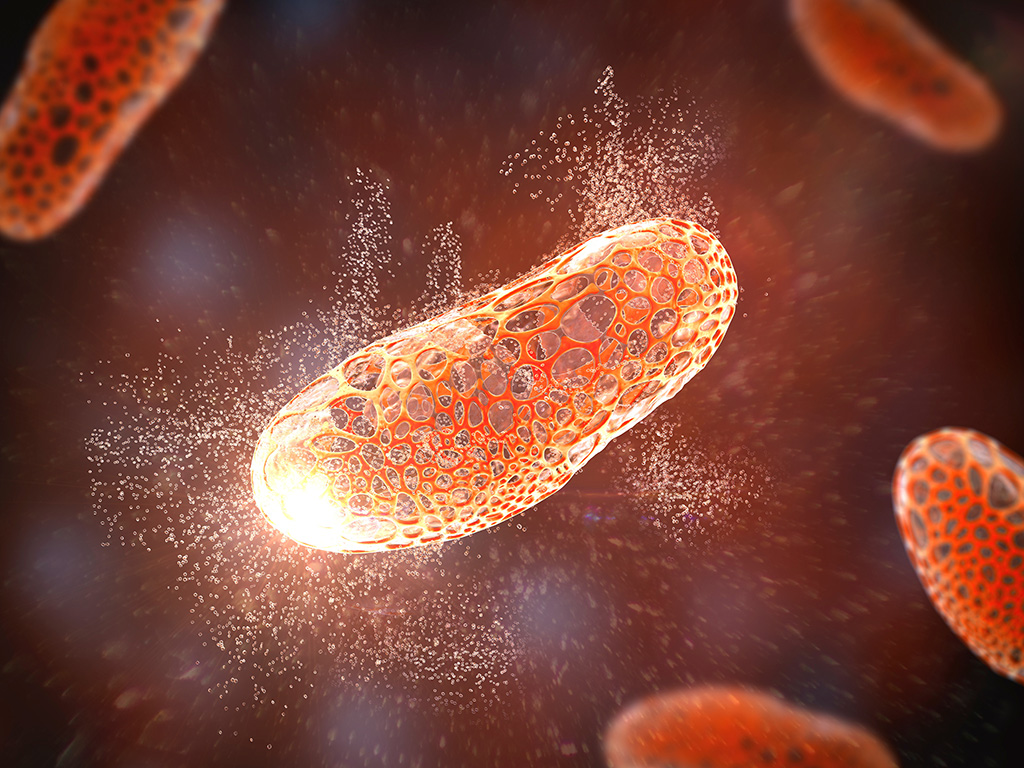Smaller doses, yet effective: New drug-delivery system will target bacteria that resist more than one antibiotic

A team of interdisciplinary researchers at Texas A&M University is developing a targeted delivery system to defeat bacteria that resist multiple types of antibiotics.
Hung-Jen Wu, associate professor in the Artie McFerrin Department of Chemical Engineering, is collaborating on the project with researchers in the Texas A&M College of Engineering and the Texas A&M Health Science Center.
“These bacteria are not just drug-resistant, they are multidrug-resistant,” Wu said. “This means several different classes of antibiotics cannot kill them. This has become a really big threat to public health because doctors are unable to effectively treat these diseases with the same medications that were used in the past.”
The research has been published in Advanced Therapeutics and ACS Applied Materials & Interfaces.
In the past, the medical research community has attempted to defeat antibiotic-resistant bacteria by developing new antibiotics.
This approach is expensive and can take decades to accomplish. Wu is taking a different approach. By using a targeted system, he is delivering the antibiotics directly to the bacteria, thus allowing them to have a greater impact on the pathogen.
“By using a targeted delivery system, we can actually reduce the dose of the antibiotic and still effectively kill the pathogen,” Wu said.
The idea to use a targeted approach emerged when researchers observed the behavior of the pathogens they were seeking to kill.
When bacteria enter the body, they use a combination of strong and weak ligand connections to attach to a cell membrane and infect the cell.
Ligands, which are molecular connections that exist on both the bacteria and cell membrane, allow the two cells to stick to each other by using unique molecular structures.
Wu and his collaborators are exploiting this characteristic of bacteria by using this binding method to efficiently deliver antibiotics directly to the bacteria.
“We noticed how bacteria attached to the host cell’s strong and weak ligands simultaneously, and we wondered how we could use that,” Wu said. “We were inspired by the bacteria to develop this new drug carrier system.”
While the medical community has tried to use these connections before, the effectiveness was low because researchers focused only on strong ligand pairs.
“What makes our laboratory unique is our focus on the weak ligand pairs,” Wu said. “While strong ligand pairs are important, researchers had trouble finding them on the cell membrane because they are scarce. The abundance of weak ligand pairs makes them more effective to deliver medication to the cell.”
This research was supported by grants from the National Institutes of Health, the National Science Foundation and the Men of Distinction Foundation.

